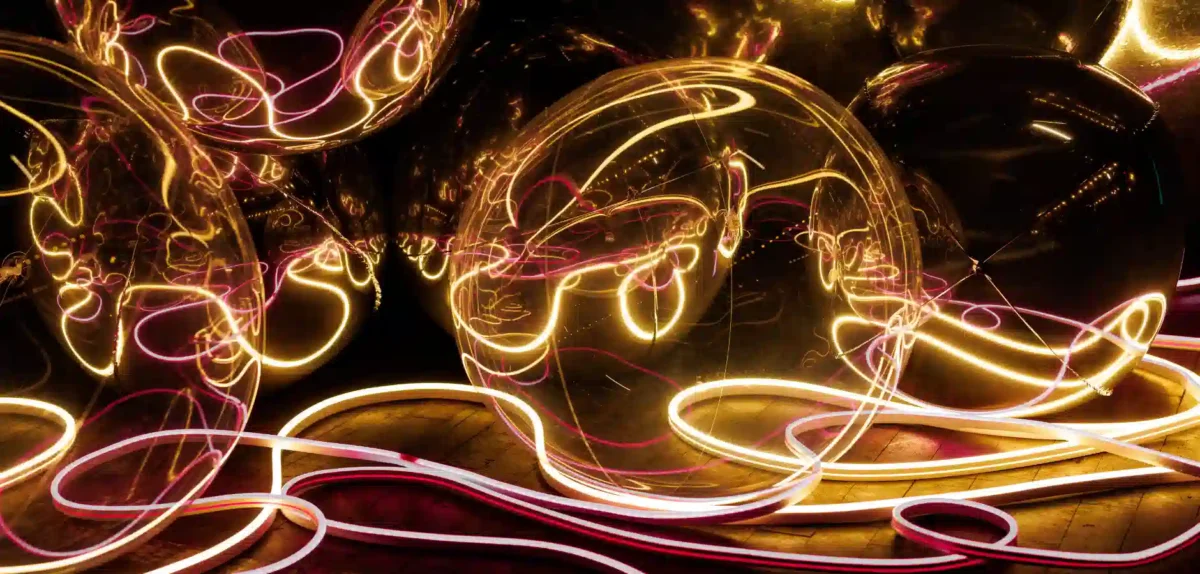Influencer partnerships are poised for continued growth in 2020, but many enterprises are still struggling to understand, manage, and optimize those relationships for maximum ROI. The problem is that running influencer programs is an ongoing job, and there are a lot of moving parts to consider. Like bringing home a new puppy, the rewards can be huge, but a full life cycle commitment is required.
While finding and signing a new influencer feels like a big achievement, the other stages of the life cycle are just as important. You’ll need to continually communicate, engage and optimize — then repeat.
As experts in managing and measuring the full partner life cycle, we put together the key questions any organization should be asking and answering at the five phases of an influencer relationship. These can help you choose the right partners, build win-win relationships, and guide your influencer strategy to ensure long-term success.
The influencer life cycle from start to finish to start
The influencer life cycle consists of five main stages:
- Identify and discover
- Recruit
- Onboard
- Activate and engage
- Grow, cultivate, and optimize
Let’s look at some of the considerations you’ll need to keep in mind at each stage:
Key questions every influencer manager should ask:
Questions to ask when searching for influencers
Discover: How do you find the right influencers for your specific brand and campaign? Start by asking these questions:
- Who is talking about the right topics or products?
- Who is their audience?
- What is their following and engagement like—and is it genuine?
- Are they working with your competitors?
- How can you contact them?
Questions to ask when recruiting influencer
Recruit: You’ll need to reach out with custom approaches to get influencer attention and get them on board. You’ll need to do some homework to assess the following issues for each influencer you approach:
- What’s the best way to approach each influencer?
- What messaging do they need to hear from me to join my program?
- Where are you in the recruiting process with each influencer?
Questions to ask when onboarding influencers
Onboard: The onboarding process is your opportunity to create a solid foundation for the campaign’s success and build a lasting relationship with your influencer. Once you’ve made a successful connection, you’ll need to confirm terms, set expectations, and agree on communication channels and processes, such as:
- What will be the terms of your partnership?
- What content do you need to supply each influencer with to get them started?
- How will you give them access to everything they need?
- How will promotion be customized for individual influencers and localized for different markets?
- How will you pay them?
You’ll also want to think about what assets you need to supply such as brand guidelines, products, or logos when applicable, and what you’re expecting the influencer to create themselves (photography, videos, and associated products).
Questions to ask when managing and engaging your influencers
Activate and engage: Good communication is essential to going the distance with your influencer. Just as authenticity is key for consumers, the same applies for influencer partnerships. It’s your job to continuously engage, communicate, and arm influencers with the tools and assets they need to support your brand. You’ll need to consider:
- How will content be created, shared, and approved?
- How can you ensure assets remain timely and are regularly refreshed?
- How will you incentivize and motivate influencers?
- How will you monitor the influencer’s activity?
- What content does your influencer need to keep them productive?
Questions to ask when optimizing your influencer campaign
Grow, cultivate, and optimize: Once the relationship and campaign is up and running, you’ll need to regularly analyze influencer performance, adjust incentives, and make improvements to grow ROI. This takes planning and the ability to measure results against your specific KPIs. You’ll need to know:
- How will you assess how the influencer activity has contributed to the overall customer journey?
- How can you reward influencers for their impact beyond last-click attribution?
- How will you track campaigns across devices?
- How will you track ROI?
Clearly, there’s a lot to consider when you invest in an influencer partnership—that’s why automation will be your best friend in the process. With automation tools, you can manage and optimize fully engaged, highly personalized and authentic influencer relationships at any scale — without driving yourself crazy.
Find out more about how to make sure you keep your influencer program healthy—read the eBook, Are You Ghosting Your Influencers? Or go direct, and learn about managing the influencer partner life cycle from an Impact growth technologist at sales@impact.com.




